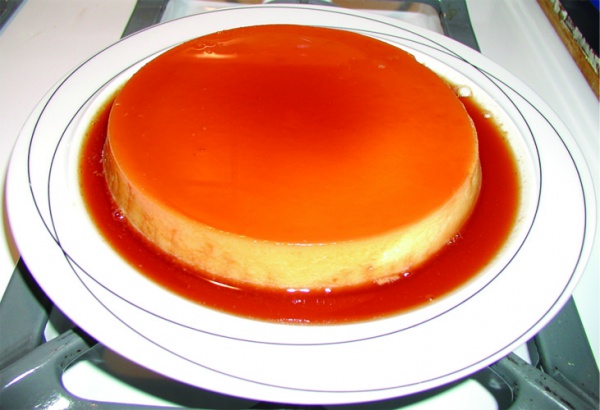Facts About Quesillo
"Quesillo" is a versatile term that signifies different culinary items in various Latin American, Spanish, and Filipino cuisines. Here’s a quick overview of what it denotes in distinct locales:
- Argentina: In the Calchaquíes and Lerma valleys, quesillo is an artisanal cheese made from either cow's or goat's milk, produced through a spinning process.
- Chile and Bolivia: It’s a small, fresh cheese made from raw cow's milk.
- Canary Islands (Spain): Here, quesillo is a dessert akin to flan but made with whole eggs and sweetened condensed milk.
- Colombia: Quesillo is a double-cream cheese wrapped in a plantain leaf.
- Dominican Republic: It’s a dessert similar to flan.
- Mexico: Known as Queso Oaxaca, this quesillo is a popular string cheese.
- Nicaragua: Quesillo here refers to a thick corn tortilla wrapped around soft cheese, pickled onions, and sauce.
- Peru: In the Andean regions, quesillo denotes small patties of fresh cheese.
- Philippines: Quesillo is a soft, white, unaged cheese made from carabao or goat milk, curdled with vinegar.
- Venezuela: This quesillo is a dessert made with eggs, condensed milk, and caramelized sugar, similar to Crème Caramel or flan. It is also popular in the Dutch Caribbean islands and is known as leche flan in the Philippines.
Each region's interpretation of quesillo showcases its unique culinary traditions, making it a delightful exploration of flavors and textures across these diverse cultures.

 Brazil
Brazil